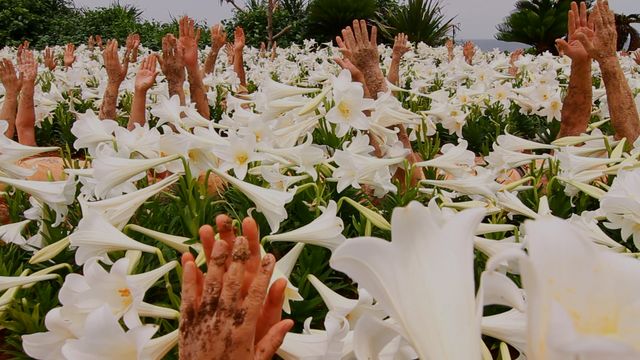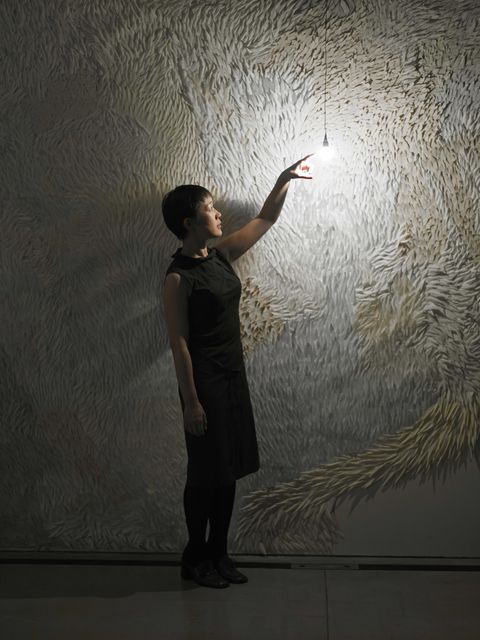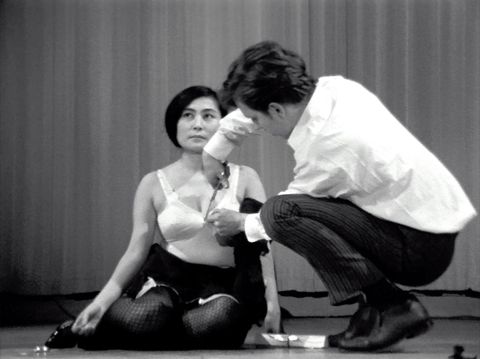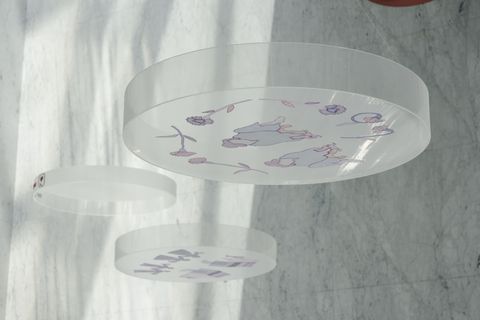Courtesy of Yumiko Chiba Associates
Thanks to its curator Diego Sileo, the Padiglione d’Arte Contemporanea in Milan is conducting a careful and worthy exploration of contemporary artistic experiences from all continents. The Milanese public museum has in fact distinguished itself in recent years in restoring an extremely varied and sensitive art scene to listening to voices and scenes outside the trends of the art-world.
This is the spirit that also characterizes the new exhibition, entitled Japan. Body Perform Live: Resistance And Resilience In Contemporary Art which he inaugurated last November 21 with a performance event. The project curated by Shihoko Iida and Diego Sileo offers a look at artistic research with particular attention to the performative dynamics produced by Japan after the year two thousand.
It is therefore the body, the main medium that the authors in the exhibition have intended as the starting point and experiential perimeter of their research, also producing new works and site-specific actions designed for the spaces of the PAC, as the curator Shioko Iida wrote in catalog essay “The relationship between the body and the self today is in a state of fragility. It is not easy for us to feel a sense of urgency, to resist the forces that seek to intervene and to claim ‘My body is mine’. But if we don’t, the individual’s body is a vulnerable entity that is easy to exploit.”
That of Japan it is an extremely rich artistic scene, difficult to summarize in main features or key themes, however the country that more than any other has seen sudden technological accelerations, very strong and unique contradictions between past and future but also various nightmares and ghosts related to the environmental theme from the Second World War onwards, reflecting critically on the bodily expressions of the individual in society, the environment and technology. A total of seventeen authors: nine women, seven men and a collective – some exhibiting in Italy for the first time – included in the generations born between 1924 and 1987. Some of the artists who contributed to the “first” art movement of Japanese avant-garde ‘Gutai’, fundamental for understanding the language of Japanese art from the post-war period to today.
It was precisely within that movement that the overcoming of ‘academic’ and traditional art forms began, in a usual reinvention of the concept of the new; it was therefore the artists of that generation who definitively paved the way for questioning the aesthetic primacy of art, in favor of a greater involvement of the body which continued in subsequent generations in a constant reflection of relationships, gender and identity. It is therefore from a historical premise that the path divided into five chapters opens, with the first Historical Perspectives with artists such as Kazuo Shiraga, an artist who used his body as a means of painting and bursting into space, or other fundamental figures such as Yoko Ono who has worked continuously since the sixties crossing Fluxus, the conceptual but also writing a significant page of musical experimentation.
The second chapter Life and death cycles and dynamics of the soul ponders the eschatological, philosophical, spiritual aspects through protagonists of the contemporary Japanese art scene such as Chiharu Shiota – 1972 – and his iconic environmental installations made with millions of threads. The third part entitled Generate ecosystems and relationships occupies the ‘transparent’ space of PAC, overlooking the park which houses the site-specific installations by artists Kishio Suga and Yuko Mohri; both works reflect on the relationship between materials and natural forces such as gravity, magnetism, and atmospheric phenomena, reimagining an urban microcosm. In the fourth chapter Identity politics and the resisting body the curators wanted to investigate the complex artistic, economic and social alterations that have radically transformed Japan from the 1970s to today, but also the relations with other countries and therefore the problem of identity. This section includes, among others, the Dumb Type collective, active since the 1980s and which represented Japan at the last Venice Biennale.
The journey ends with Bodies choreographed and represented, politics and gender designed for the long space on the first floor where the artist’s body is at the center of each work, this fifth chapter also shows the most recent research that ponders the most subtle and important social changes in the present of the Japanmany artists who use video such as Makoto Aida with his five-channel video installation We Mourn the Dead of the Future,2019, but also more ‘artisanal’ materials such as the textile works on bioethics by Yui Usui and a large paper installation entitled here, you, hear, by the artist Ami Yamasaki who gave a vocal performance on the occasion of the opening of the exhibition.
Various opportunities to deepen and update one’s knowledge of a country of great charm but often perceived through clichés and stereotypes; in addition to an intelligent public program designed to accompany the exhibition, from December 16 the Cineteca Milano Arlecchino will present a series of nine films dedicated to the contemporary Japanese scene, another way to better understand the themes of the exhibition.
Japan. Body Perform Live, resistance and resilience in contemporary Japanese art




